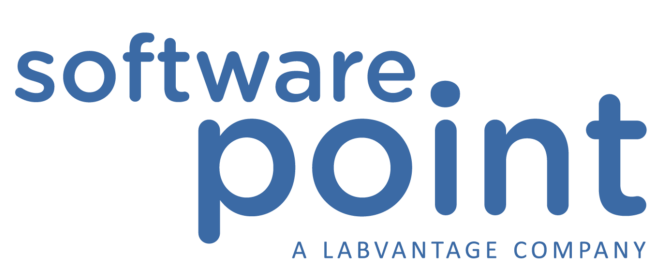15. Feb 2019 | Tags: Biobanking, LabVantage biobanking
Biobanking: More – Much More – Data
On at least one key trend, every prediction and prognostication about the future of biobanking arrives at a consensus.
The sheer volume of data facing biorepositories is likely to continue to grow…fast. Our scientific tools, knowledge and capabilities continue to improve, allowing us to dig deeper into samples to extract discoveries. This, in turn, generates data – which is only as valuable as a labs’ ability to harness and analyze it.
Demand for biobanks has exploded over the last two decades, driven by emerging fields such as proteomics, genomicsand precision medicine. To feed researchers’ needs for high quality samples and associated clinical & research data, biobanks have rapidly increased sample and specimen collection over the last decade.
This has created a data management nightmare: a fast- and ever-expanding number of samples spread across multiple sites, increasingly complex and large datasets, extensive regulatory requirements, data interfacing…the list goes on.
As the biobanking industry has matured and evolved, so – too – have the LIMS backbones needed to manage the increasing complexity. In the face of this ‘data storm,’ biobanks (and labs generally) increasingly rely on their LIMS to maintain or improve operational efficiency.
Labs – and by extension their LIMS – must constantly evolve to address new regulations and needs. The entire premise of a LIMS for biobanking is simple: optimize and simplify the collection, processing, analysis, storage, tracking and shipment of biospecimens. But with a constantly shifting industry, it comes down to staying on top of changes and trends to keep the LIMS relevant.

Leading LIMS manufacturers stay abreast of evolving customer needs by consistently introducing new features, or enhancing existing features.
LabVantage led the way in addressing customer needs several years ago by introducing LabVantage Biobanking, an industry- and task-specific LIMS purpose-built for biorepository labs and organizations. More than just a LIMS capable of managing the sample lifecycle, performing data retrieval and interfacing various instruments & systems, it was built specifically for biobanking workflows and tasks.
Features to Support Biobanking Customers
To address the latest biobanking industry requirements, when we launched LabVantage 8.4 we included these features:
1. GDPR Compliance
While the E.U. law on data protection and privacy applies specifically to all individuals within the E.U., the global nature of biobanking makes General Data Protection Regulation (GDPR) compliance obligatory. Today’s biobank often manages or interacts with physical samples, personal data and researchers globally. Implementing the GDPR feature ensures that data protection and privacy for E.U. individuals is safeguarded.
2. Manage PHI for Study Enrollees
The ability to define and manage Protected Health Information of participants enrolled in a study has become crucial. This feature provides the ability to not only limit PHI to full (or no) access, but also enables you to define a limited dataset, as approved by an Institutional Review Board (IRB).
3. Handle Complex Sample Transfers on Assay Plates
Some of the latest LabVantage changes benefit teams working on the lab process side. Improvements were implemented to handle complex sample transfers between tube racks and arrays and vice versa (an upgrade from earlier versions which supported array-to-array transfers). These improvements are significant for customers performing DNA/RNA extractions, or performing QC on assay plates. (These enhancements are now also embedded into the Next Generation Sequencing solutions.)
4. Easier Master Data Setup
During a LIMS implementation, master data setup is one of the most important steps. In the latest version of LabVantage, improvements were made to the user interface to allow a quick set up & review of all master data.
5. The Latest ISBER Best Practices
We constantly review industry standards for best practices to ensure our biobanking platform delivers up-to-date features and data management capabilities while employing the latest terminology. The new version has improvements based on the latest best practices recommended by the International Society for Biological and Environmental Repositories (ISBER).
Want to learn more about LabVantage and Biobanking? Visit: https://softwarepoint.com/solutions/biobanking for more.

